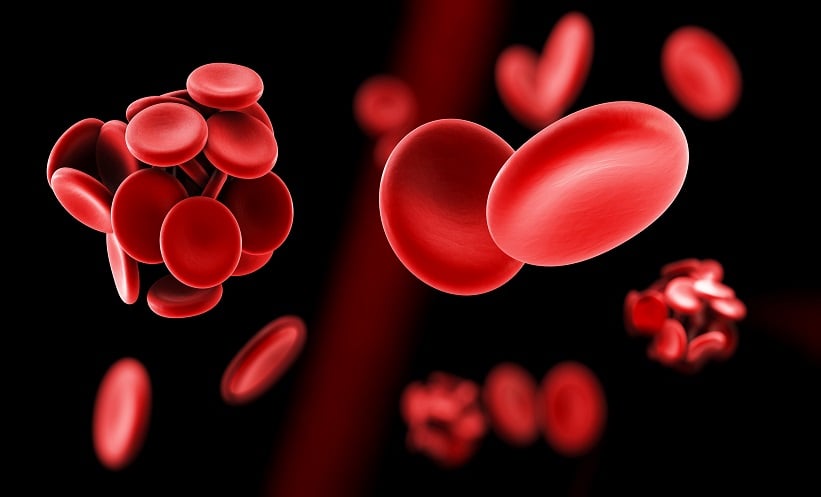A NEW study highlights the independent roles of polygenic risk and Agent Orange exposure in the development of lymphoid malignancies among U.S. veterans, offering the most extensive analysis to date from the Veterans Affairs Million Veteran Program.
Rising burden of lymphoid cancers in veterans
Researchers examined data from 255,155 veterans, most of whom were non-Hispanic White men with a median age of 67. By linking genetic profiles with self-reported Agent Orange exposure, investigators found that both factors were associated with increased risks of chronic lymphocytic leukemia, (odds ratio [OR], 1.61; 95% CI, 1.40-1.84), diffuse large B-cell lymphoma (OR, 1.26; 95% CI, 1.03-1.53), follicular lymphoma (OR, 1.71; 95% CI, 1.39-2.11), and multiple myeloma (OR, 1.58; 95% CI, 1.35-1.86).
Polygenic risk scores was also associated with all subtypes; chronic lymphocytic leukemia (OR, 1.81; 95% CI, 1.70-1.93), diffuse large B-cell lymphoma (OR, 1.12; 95% CI, 1.02-1.21), follicular lymphoma (OR, 1.33; 95% CI, 1.21-1.47), marginal zone lymphoma (OR, 1.17; 95% CI, 1.04-1.32), and multiple myeloma (OR, 1.41; 95% CI, 1.31-1.52). Crucially, no significant interaction was detected between genetic predisposition and chemical exposure, suggesting the two operate through separate disease pathways.
Implications for veteran health and prevention
The findings reinforce long-standing concerns about the carcinogenic effects of Agent Orange, a dioxin-tainted herbicide widely deployed during the Vietnam War. At the same time, the study underscores the role of inherited susceptibility in shaping individual risk. While both exposures act independently, their combined burden highlights the importance of continued surveillance, targeted screening, and preventive strategies tailored for veterans.
Lead author Xueyi Teng, Department of Biological Chemistry, School of Medicine, University of California, Irvine, USA, and colleagues noted that recognizing environmental and genetic contributions separately may aid in the development of more precise interventions and long-term healthcare planning for those exposed.
Reference
Teng X et al. Polygenic risk, agent orange exposure, and lymphoid neoplasms in the veterans affairs million veteran program. JAMA Netw Open. 2025;8;(8):e2526787.







